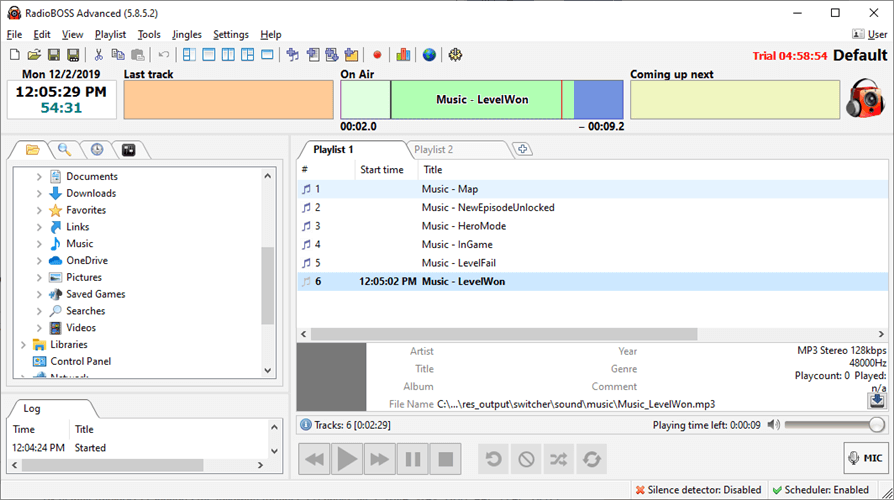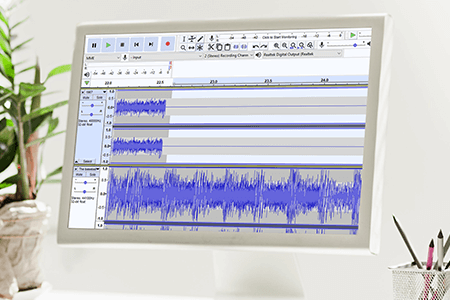

#Internet radio automation flme serial
Now, this serial data is given to the RF Transmitter module, then the transmitter transmits this data through radio signals.Īt the receiver part, the receiver receives this data coming from the transmitter. Then the IC converts these 4-bit data into serial data and this serial data will be available at the DOUT pin (pin17) of the encoder IC. At the transmitter part, when all switches are in the open condition (Switch off), then the HT12E Encoder IC’ data-in pins (AD8-AD11) gets 4-bit data High value from these switches. Working Principle of Home Automation using RF Module without Microcontrollerįirst of all, we need to turn on the power supply of both circuits. Terminal 2 of both relays (relay 1, relay 2, relay 3 & relay 4) are connected to the +5v.Īlso, you can use the 2 channel relay modules by the replacement of the relay circuit. Transistor 1 (T1) collector pin is connected to pin 5 of the relay 1, Transistor 2 (T2) collector pin is connected to pin 5 of the relay 2 and Transistor 3 (T3) collector pin is connected to pin 5 of the relay 3, and Transistor 4 (T4) collector pin is connected to pin 5 of the relay 4. Transistor-1 (T1) base terminal is connected to the data pin D11 (13) through a 1K resistor (R3), Transistor-2 (T2) base terminal is connected to the data pin D10 (12) through a 1K resistor (R4), Transistor-3 (T3) base terminal is connected to the data pin D9 (11) through a 1K resistor (R5), and Transistor-4 (T4) base terminal is connected to the data pin D8 (10) through a 1K resistor (R3). The Data pin is connected to the DIN (pin 14) of the decoder IC.īC547 transistors (T1, T2, T3, & T4) Emitter terminals are connected to the GND pin. The RF Receiver module’s GND pins are connected to the Ground (-) and the VCC pin is connected to the Vout (+). The LED’s Positive (+) terminal is connected to the VT pin (17) of the IC and the Negative (-) terminal is connected to the Ground (-).

The 33K ohm (R2) resistor is connected between the OSC1 pin (15 ) and the OSC2 pin (16). The decoder IC’s A0 – A7 pins (pin 1 – 8) are connected to the GND(-) to set the address at 0b00000000. The HT12D decoder IC VSS pin is connected to the Ground (-) of the 9v power supply and the VDD is connected to the voltage regulator Vout (+) through the Slide Switch. Home Automation using RF Module Receiver Circuit Diagram Circuit Description of Receiver Circuit Block Diagram of Home Automation using RF Module without Microcontroller Home Automation using RF Module Block Diagram Components Required Transmitter PartĬircuit Diagram of Home Automation using RF Module without Microcontroller Transmitter Part


 0 kommentar(er)
0 kommentar(er)
